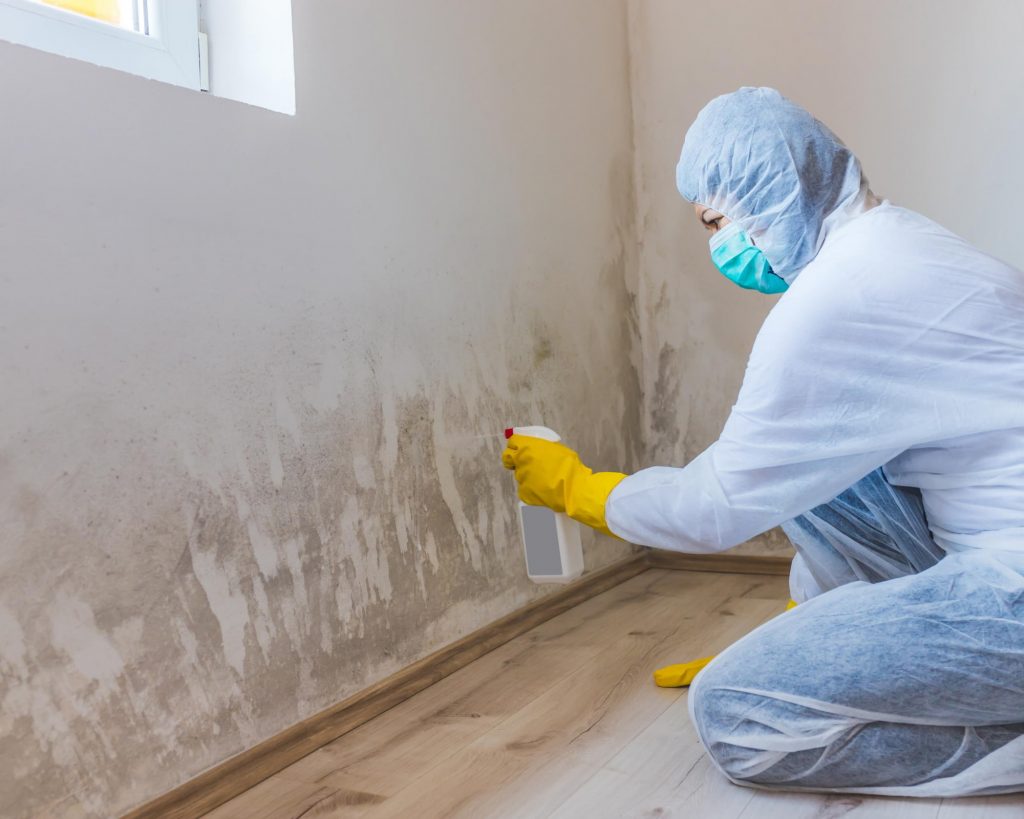Remediation is structural and non-structural measures undertaken to limit the adverse impact of natural hazards, environmental degradation and technological hazards. In other words, help in reducing the cause of problem to prevent further damage.
Applying the appropriate solution will indeed kill mold, but as the mold is being treated (attacked) by the solution, the mold will sporulate (releasing millions of spores) in an attempt to survive. now the surrounding environment is really contaminated.
After killing the mold, the residual hyphae are still present on the surface. The mold may be killed, but the affected area still has to be cleaned (remediated). Mold remediators must remember that anti-molds/biocides are chemical or physical agents capable of killing or inactivating one or more groups of organisms.
Mold Remediation Goal
The end goal of a mold remediation project is to return the indoor environment to a clean, safe, livable condition: a condition 1 status. What this means in terms of mold contamination, is that the indoor environment, from a sampling basis, would be cleaner or has similar levels and types of mold that are comparable to the outdoor surrounding environment.
One of the goals of mold remediation and the Certified Industrial Hygienist’s sampling is to verify that the mold spore count inside containment is at a similar level, or less than, the spore count outdoors.
Major Principles of Mold Remediation
The IICRC outlines five major principles of mold remediation:
1. Make sure safety and health precautions are taken by cleanup professionals and occupants. Mold contaminated buildings can be associated with a number of health problems. Anyone involved in the mold remediation process must be protected from exposure through a combination of practices and controls.
2. A post cleanup assessment by an independent environmental expert. An effective mold remediation job cannot be developed without first determining the extent of the contamination to be removed. To ensure that remediation work is being properly performed, it is highly recommended that appropriate documentation of the remediation process be kept.
3. Control mold before it spreads further. Eliminating mold at the source of contamination is essential. Once mold spores spread through the air, it is much more difficult to remove.
4. Oversee the proper physical removal of the mold. The mold must be physically removed from the structure. Attempts to isolate mold or remove signs of mold on the surface are not adequate. Bleach alone cannot kill mold.
5. Ensure that moisture is controlled to limit future contamination or recontamination. Mold growth is virtually inevitable if moisture is not controlled. Moisture problems must be identified, located and corrected or controlled as soon as possible.
The use of anti-molds/biocides will not replace a thorough cleaning. Cleaning and thus removing the contamination is always the preferred method of decontamination.
Today there are a wide variety of chemical solutions that are effective in killing mold. However, killing vegetative mold (the actual plant structure, which is called the hyphae) does not remove or eliminate the effects of mold damage on the environment or its potential impact on humans.








